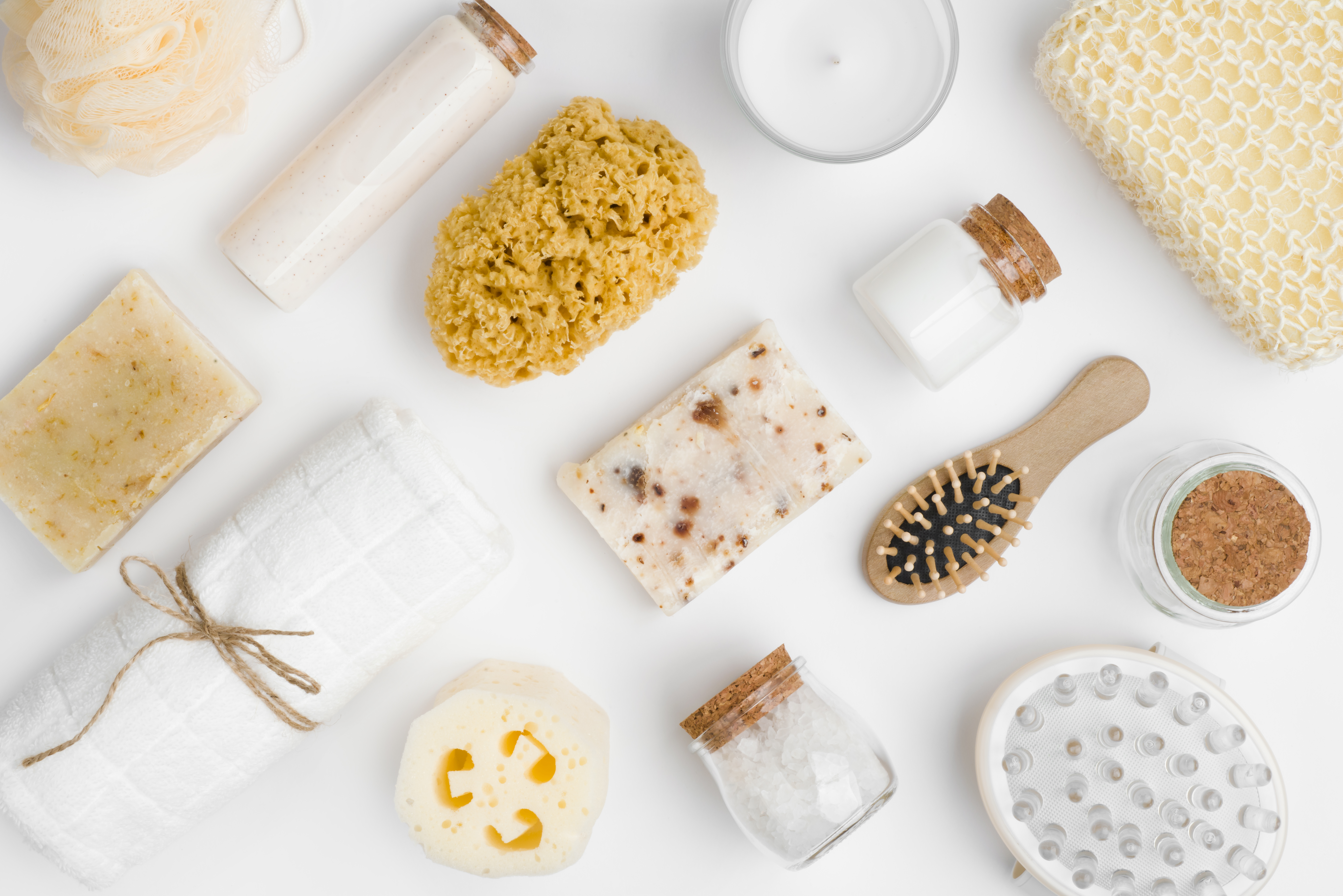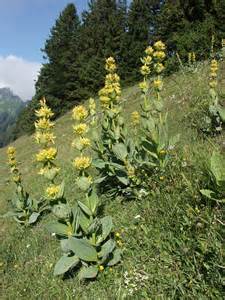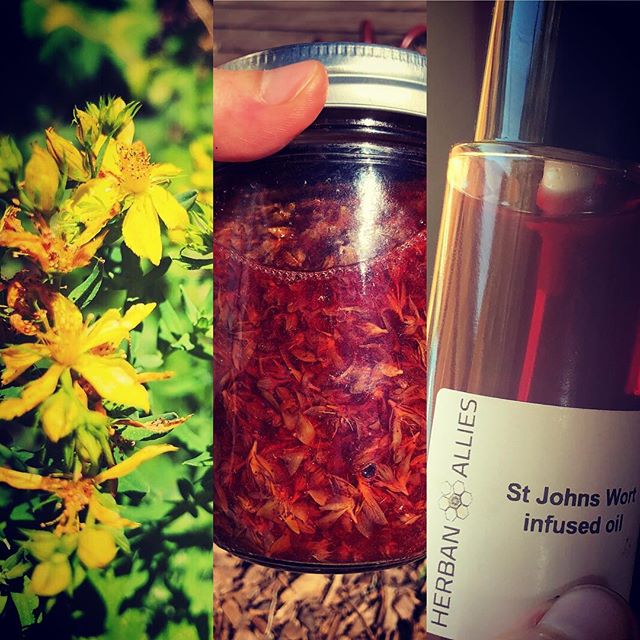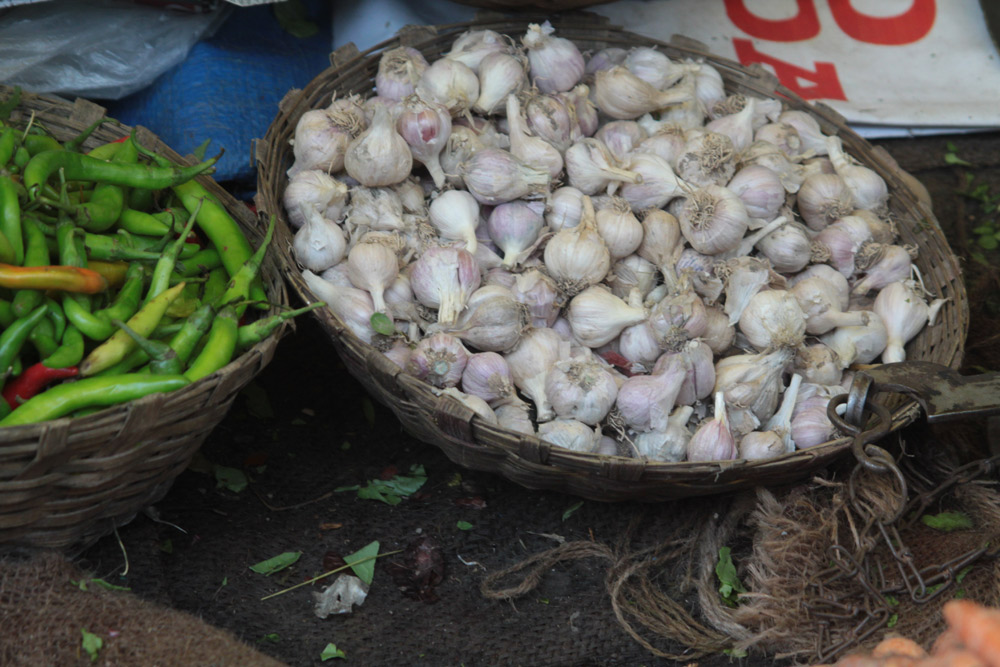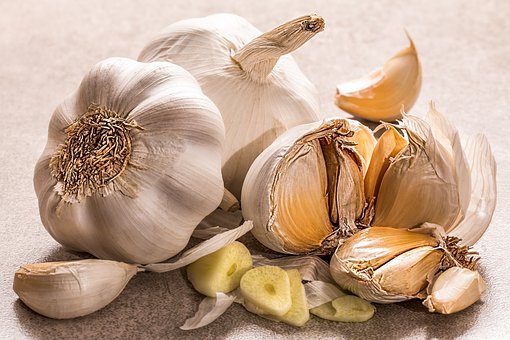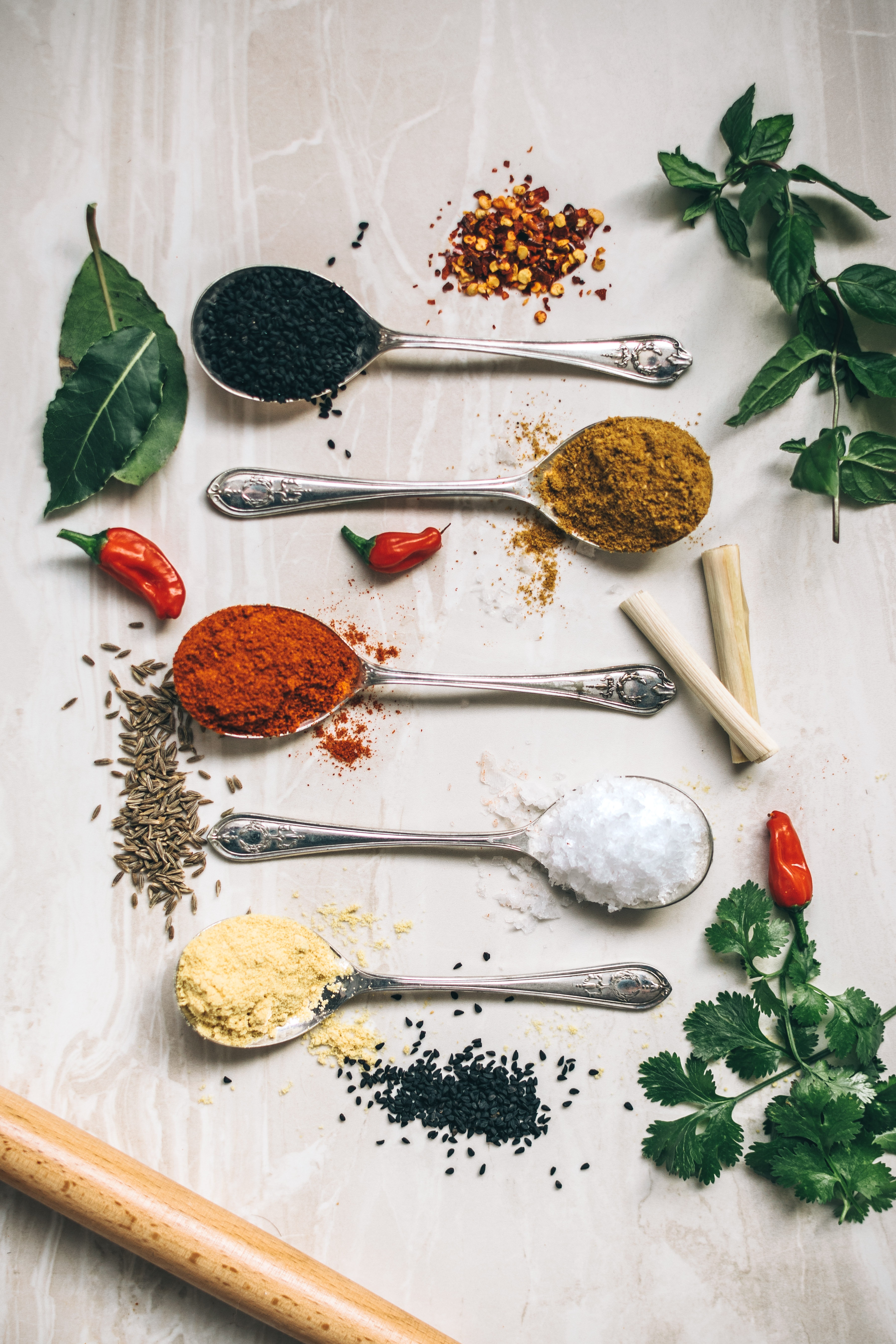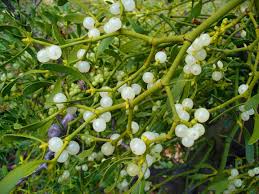
Mistletoe: not just for the holidays
Kissing under sprigs of mistletoe has a long tradition in a number of cultures. In fact, at the end of this blog, I have tagged several websites exploring it’s long and storied past. However, here we will look at the European mistletoe variety and its medicinal uses. Contrary to popular misconception, the berries of the European variety are not poisonous (Holmes). However, those of its American counterpart, can be poisonous. Mistletoe is considered very safe (Holmes, Wichtl) and can be used for long periods of time. However, it is recommend avoiding its use during pregnancy and lactation because it acts as a uterine stimulant (Homes, Mills & Bone).
This particular variety of shrub is native to both Europe and Asia. It is hemiparastitic, attaching itself to the branches of deciduous trees, with an affinity, but not limited to, apple and black poplar trees.
The active constituents are as follows: cardioactive polypeptide protein (viscotoxin), triterpenoid saponins (sapogenin oleanolic acid), resin (viscin), choline, tyramine, hystamine, pyridine, acetylcholine derivative, glycoside (viscalbin), histamine, ursone, tannin, volatile alkaloids, sterols (beta-sitosterol, stigmasterol), mucilage, fixed oil, acetic, palmitic and phosphoric acids, caffeic acid, GABA, lignans, carotenoid amines, amyrin, syringin, eleutherosides, polysaccharides, vitamin C and trace elements. (Holmes, Energetics of Western Herbs).
Medicinal Uses.
According to the British Pharmacopeia, the actions of mistletoe are: ‘cardiac depressant, sedative and reputed to be of use as an anti-neoplastic (anti-tumor)’.
Cardiac depressant. This is a way of saying that a substance can help slow a rapidly beating heart. Mistletoe, because it has a calming effect on the heart, was used for those with nervous tachycardia, or rapidly beating heart—much the same way motherwort was/is used. After the blood pressure monitor, the sphygmomanometer, was developed in 1881, and up until the time high blood pressure drugs were created, (beta blockers, ACE inhibitors, etc.), mistletoe was used to help with this condition as well.
Because of its anti-neoplastic properties, European Viscum preparation, known as Iscador, had been used in clinical settings for the treatment of cancer
since 1926 (Murray). Isacador isolates the viscotoxins in its preparation. In the 1960s, a number of studies came out showing that mistletoe indeed, has an anti-neoplastic effect. In other words, it helps to shrink tumors (we believe in part due to the viscotoxins and other cytotoxic properties). Mistletoe has also been shown to enhance the bodies natural macrophage phagocytic and cytotoxic capabilities as well as enhance natural killer cell activity. Fermented plant juice was one method of administration in it uses for cancer.
According to Wichtl, the uses for mistletoe are for treating degenerative inflammation of the joints via intradermal injections as well as for helping to lower blood pressure or for other mild forms of hypertension.
The fact that the herb has elutherosides, found in the adaptogen, Eleutherococcus senticosus, makes it very interesting but this has not been studied, nor has the polysaccharide component of the herb. More research is needed on this fascinating herb.
Preparation.
Traditionally a tea was made from the fresh twigs and leaves. It was made via a short, 3-5 minute decoction (boling the herb and the water together), then let to sit for 15 minutes. Conversely, cold decoctions were also prevalent, letting the herb sit in the water overnight.
So, if you’re feeling a bit anxious during the holidays, why not brew up a cup of mistletoe tea and relax and enjoy the season!
For more information on mistletoe’s folklore and legends.
References:
Mills and Bones, The Essential Guide to Herbal Safety
The British Herbal Pharmacopoeia
Murrach, Michael, The Healing Power of Herbs
Holmes, Peter, The Energetics of Western Medicine
Wichtl, Max, Herbal Drugs and Phytopharmaceuticals

Staff writer, editor and lecturer, Jayne Tamburello, is the founder of Invibe Herbal (www.invibeherbal.com), a company dedicated to creating organic tea blends to meet your needs. Jayne is a licensed nutritionist (LDN) and certified nutritionist (CNS) practicing in the states of Delaware and Pennslyvania. She holds an MS in Herbal Medicine from Maryland University of Integrative Health and is a registered herbalist (RH) with the American Herbalist Guild (AHG).

